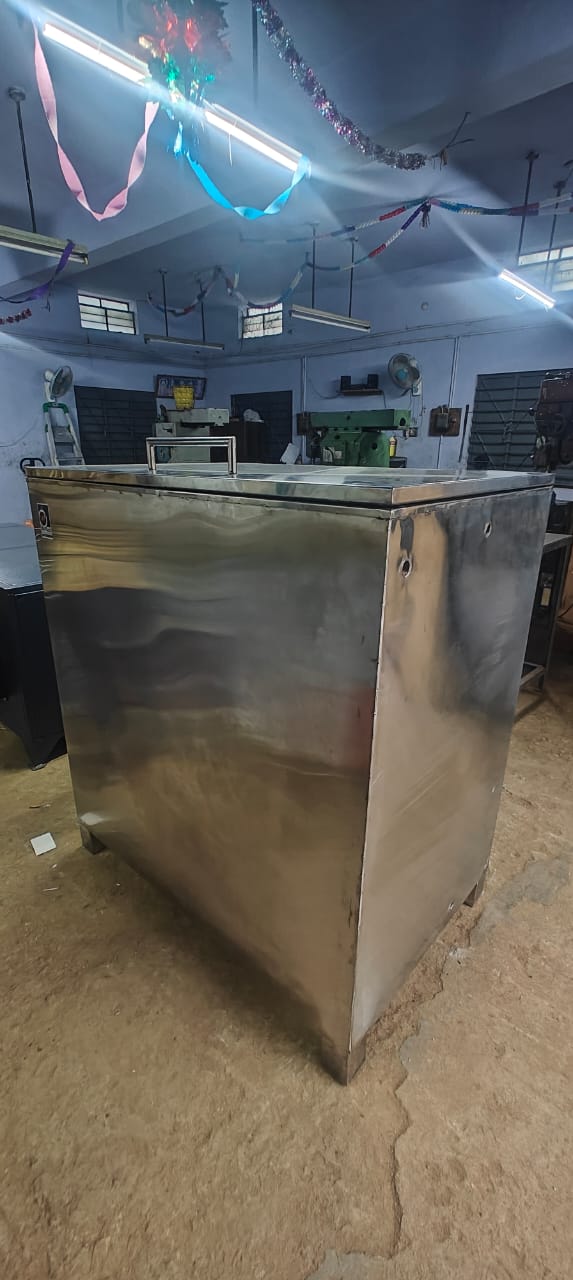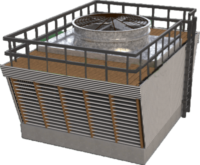How do cooling towers work?
Cooling towers are heat transfer gadgets that evacuate abundance heat from industrial forms or HVAC systems by exchanging it to the climate through the dissipation of water. They work on the rule of evaporative cooling, where warm water from the method or system is circulated to the best of the tower and dispersed over the surface of heat exchange media, ordinarily made of materials like plastic, wood, or metal. Here’s how cooling towers work:
Warm Water Circulation:
- Hot water from the industrial handle or HVAC system is pumped to the cooling tower, where it enters the tower from the beat and is dispersed over the heat exchange media. This warm water contains heat ingested from the method or hardware it is cooling.
Contact with Air:
- As the warm water cascades down over the heat exchange media, it comes into contact with ambient air drawn into the tower. The air, either constrained by fans or initiated by common draft, flows upwards through the tower, causing vanishing of a portion of the water.
Heat Transfer:
- The evaporation of water retains heat from the remaining water within the tower, bringing down its temperature. This handle successfully transfers heat from the hot water to the cooler air, cooling the water within the handle.
Water Collection:
- The cooled water collects at the bottom of the cooling tower basin and is pumped back to the industrial process or HVAC system to assimilate more heat, completing the cooling cycle.
Air Discharge:
- The warm, moisture-laden air exits the best of the cooling tower and is released into the climate. The water vapor within the released discuss may condense and form clouds beneath certain climate conditions.
Makeup Water:
- A few water is lost through evaporation and drift (water droplets carried out of the tower by the airflow). Makeup water is included to the system to compensate for this loss and maintain the required water level within the cooling tower basin.
By continuously circulating water through the cooling tower and advancing evaporation, cooling towers effectively dissipate heat and help maintain optimal working temperatures for industrial processes and HVAC systems. They are broadly utilized in power plants, fabricating facilities, chemical plants, refineries, and commercial buildings to remove excess heat and maintain equipment execution.


